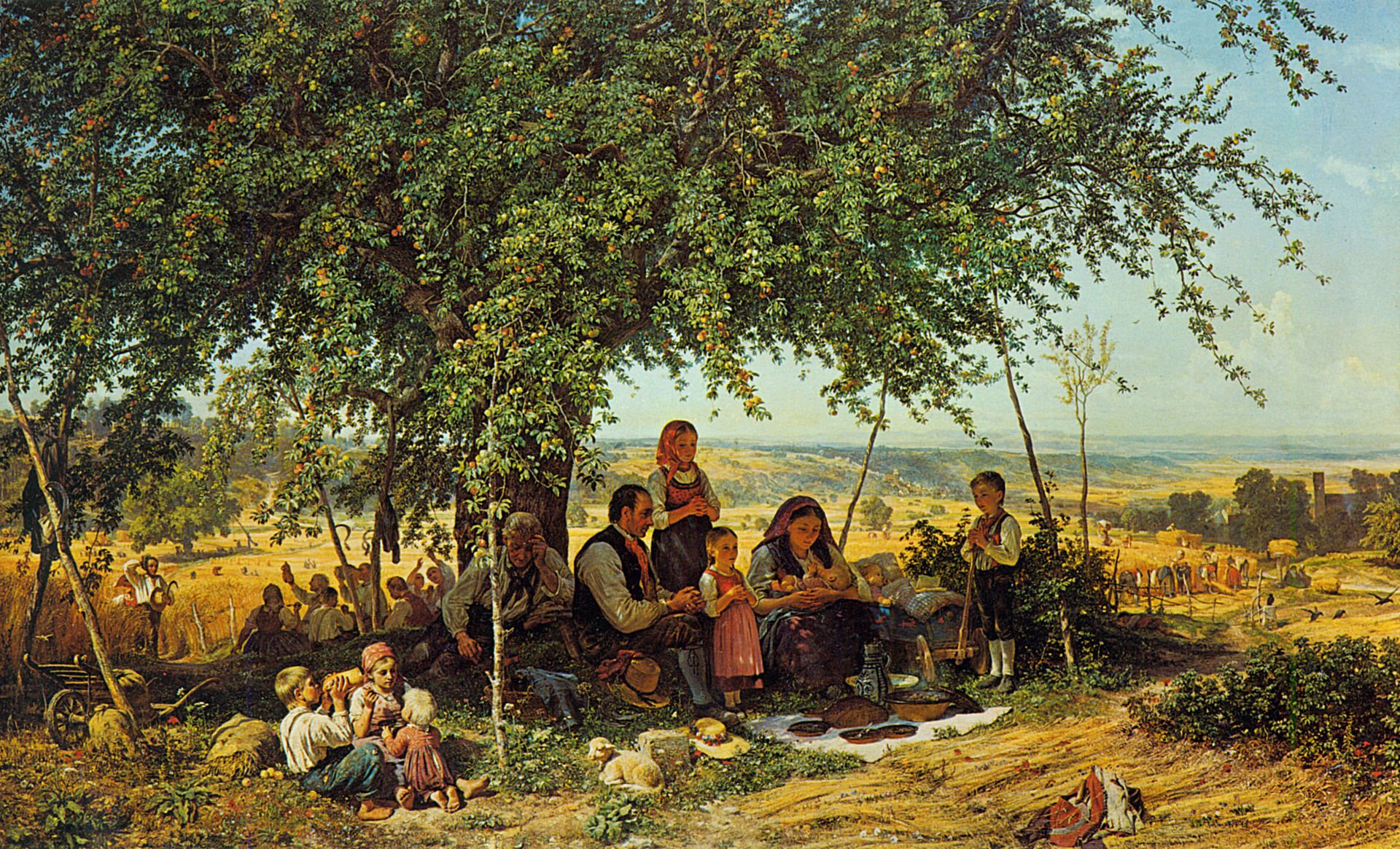In 1428 the nation of France was in danger of collapsing. The 100 years of war with the English had raged on, and the English were victorious on almost every front. The English set their sights on Orleans, a pivotal battleground. It was then when young Joan, under claims of divine guidance, led the French troops and helped to recapture the cities of Orleans and Troyes and to bring food to those in desperate need. She had become a symbol of hope and faith at a much-needed time. Joan would be captured by the English and tried for heresy. She was burned at the stake in an untimely death at 19. As she went to hear death, she asked two clergy members to hold a crucifix before her so that it was the last thing she would gaze upon on earth before seeing God face to face. The brutal English would burn her body twice more so that no relics could be had, and no one could say she survived. They reduced her to ash and scattered her remains in the river Seine so that she would be lost forever.
Often, in the city of Orleans, her feast day is celebrated with pain perdu, which translates to lost bread, the original French toast made without milk. This is served with an Orleans specialty, Cotignac, a marmalade made from quince, said to be the first gift presented to Joan when she lifted the siege of Orleans!
Ingredients
10 quinces
4 oranges, peeled, and seeds removed.
1 - 2 cups sugar
2 tbsp Lemon Juice
Water
Instructions



























































